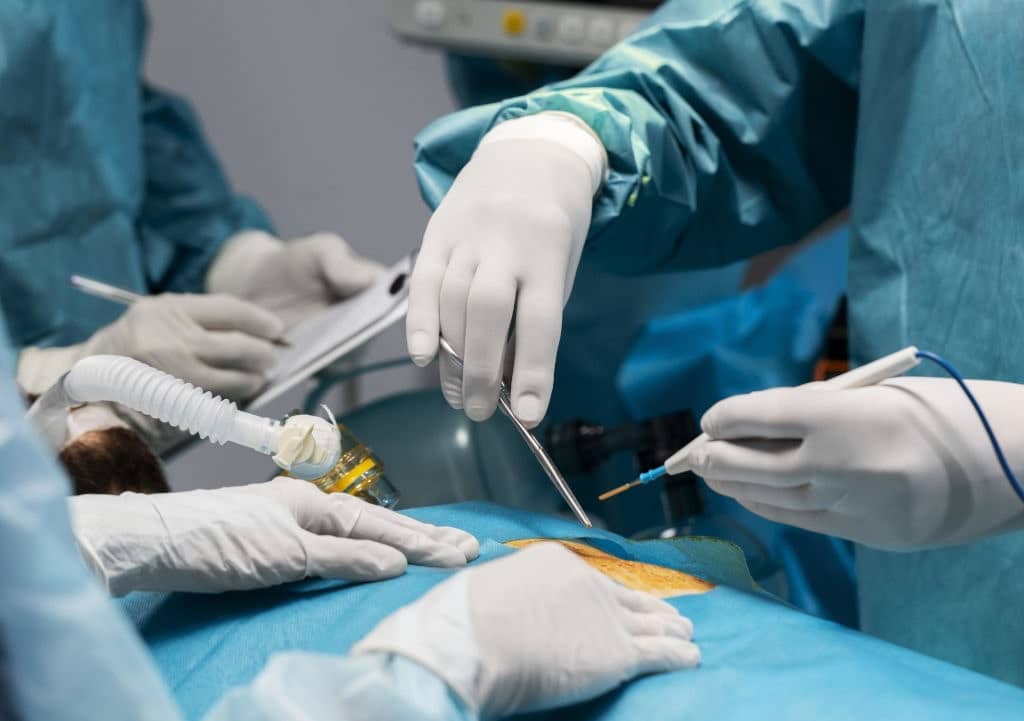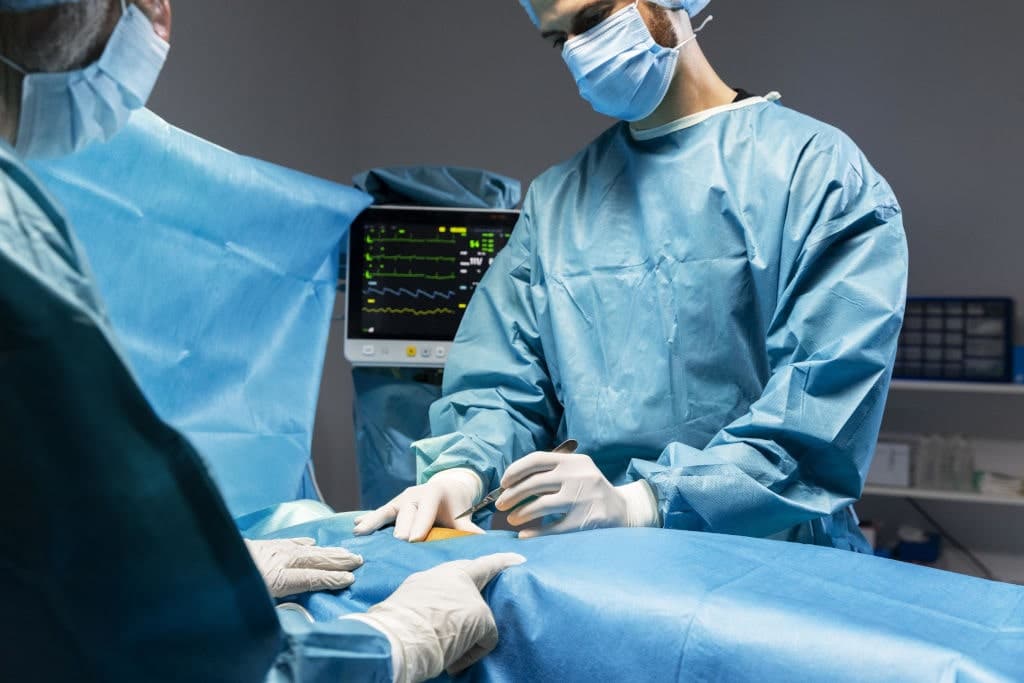When someone fractures their ankle or gets a hip dislocation, no more would people think mobility is an impossible feat. This assuredness of possible mobility is due to advancements in medicine and care. One such advancement is the use of orthopedic implants in place of bones.
What Are Orthopedic Implants?
An orthopedic implant is an artificial device designed to replace a damaged or deformed joint, bone, or cartilage. The damage could have been caused by trauma or deformity, such as a broken leg, amputation, or a congenital condition.
If a person sustained a catastrophic injury in an accident or, over time, experienced joint or bone degradation due to a long-term medical condition, an orthopedic implant may be required to stabilize the muscle system, increase movement, and improve flexibility.
As much as orthopedic implantations benefit people experiencing musculoskeletal conditions, they can sometimes be harmful and rife with various complications.
In an article published in the Mediators of Inflammation Journal, it was reported that it is anticipated that every one of them, or more than 1 million total joint replacements performed in the US each year, would eventually fail after 15 to 25 years of use. This will be due to slowly developing, mild inflammation at the bone-implant interface.
This is why orthopedic surgeons and implant manufacturers have a duty of care. They must ensure that the health of the patient/ consumer is the paramount concern. Whenever the duty of care owed to a patient is breached, harm may come to them. Thus, requiring them to undergo multiple corrective surgeries, opening them to more severe and irreversible complications.
Medical animation can be used to portray who the at-fault party is in cases where the duty of care is breached.

Are Your Orthopedic Implants Defective? Institute an Action In Product Liability
Orthopedic implant failures are hazardous and can cause tremendous harm. It is, however, vital to identify the at-fault party, whether the orthopedic surgeon or the manufacturer set up patients in harm’s way.
Before an implant manufacturer can be held responsible for a failure, the cause must have been inherent in the implant itself.
It must be noted that some implants are inherently dangerous due to their feeble characteristic, impracticality, or level of toxicity.
What is Metallosis?
One of the common effects of defective orthopedic implants is metallosis. It’s a kind of metal poisoning that happens with joint replacement devices that have metal components. For instance, when metal-on-metal joint replacements rub against one another, tiny metal particles are released into the blood and nearby tissues.
As a result, the body accumulates hazardous levels of metal, leading to metallosis or metal poisoning. This illness specifically harms the nerves, bones, and surrounding tissue.
Some complications can arise after metallosis are heart issues, anxiety, vision impairment that could result in blindness, cognitive dysfunction, nerve injury, thyroid issues, hearing impairment, infection, and slack implants.
An instance of an orthopedic implant product liability case instituted in court relating to metallosis is that of Primiano v. Cook. In that case, the manufacturers delivered an implant for the plaintiff’s surgery for the left arm. However, it was meant to be for the right arm.
After consultation with the company (while the plaintiff was on the operating table), they claimed that the implant was similar to a right-arm one in every way. The difference would be the location where a locking pin would go.
After the surgery, the patient underwent corrective surgery due to the toxicity of the implant. The toxic nature of the implant, conjoined with the prior issue, caused metallosis. In the case, the court noted that the implant experienced severe polyethylene wear in a short time.
A similar occurrence is seen in the case of McAuliffe v. MICROPORT ORTHOPEDICS, INC. Here, the plaintiff suffered metallosis after dangerous levels of cobalt were released into his body from his implants.
In a case where the manufacturer causes orthopedic failure, the implant can be animated to show the court the inherent fault in the product and how it caused harm.

Botched Orthopedic Implant Surgery? A Medical Malpractice Case Should Be Instituted
Orthopedic surgeries are complicated, with the procedure’s drilling, installing, screwing, and other mechanic-like steps. If adequate care is not taken, it would be easy to puncture an artery, damage nerves, hurt surrounding organs or injure the muscles.
In a study of implant failure from 2001 – 2003 among a select group of 41 patients who underwent orthopedic implants, it was discovered that the causes of failure were widespread. Some were medical malpractice in the areas of inadequate postoperative immobilization, while others included inadequate fixation and poor surgical techniques.
With some wrong moves during the procedure or after, the patient can be left with nerve damage, deep vein thrombosis, vascular injury, leg length discrepancies, osteolysis, infection, and severe pain.
A case in point featuring the latter is the case of Burke v. Capello. Here, the orthopedic surgeon left a fragment of cement near the femoral nerve during a hip replacement surgery. This negligence caused the plaintiff to experience exceptional pain.
After the surgeon removed the cement, the effect was still present, causing continuous numbness and pain in the hip.
Another case where negligence during treatment was noted was Bloskas v. Murray. Here, persistent infection led to four corrective surgeries and, finally, amputation of the right leg below the knee.
In cases such as these, where medical malpractice led to implant failure, medical animation can be used to prove such negligence in court and the extent of the injury caused.
Conclusion
In creating medical animations, it is essential to consult with an experienced medical animation company known to secure wins in similar cases.
Fox-AE is a legal animation company tenacious in creating medical animation for court cases to give the case a higher footing in the court of law. Our team works closely with medical experts to create accurate and legally relevant evidence in court.






